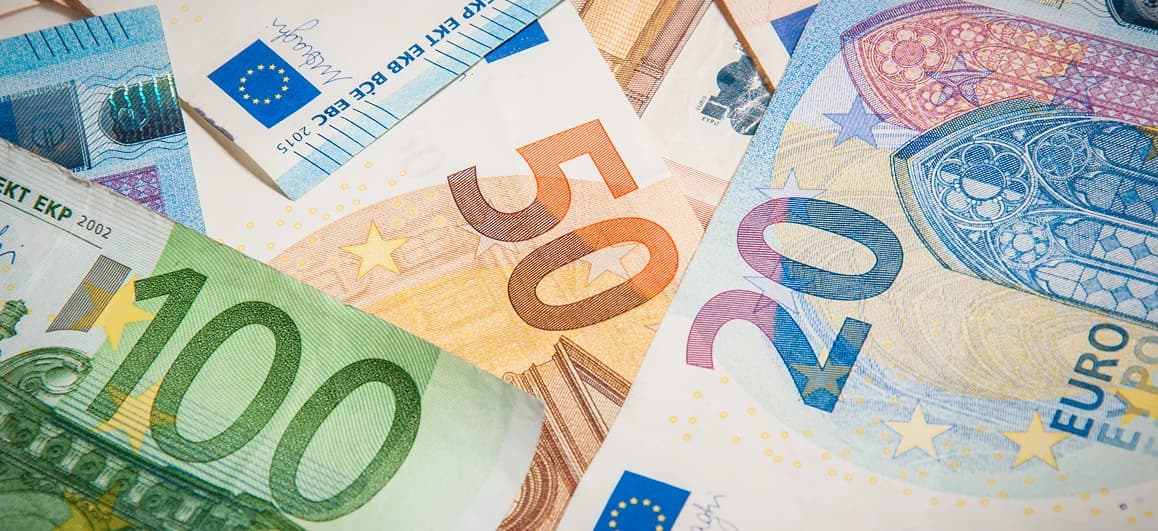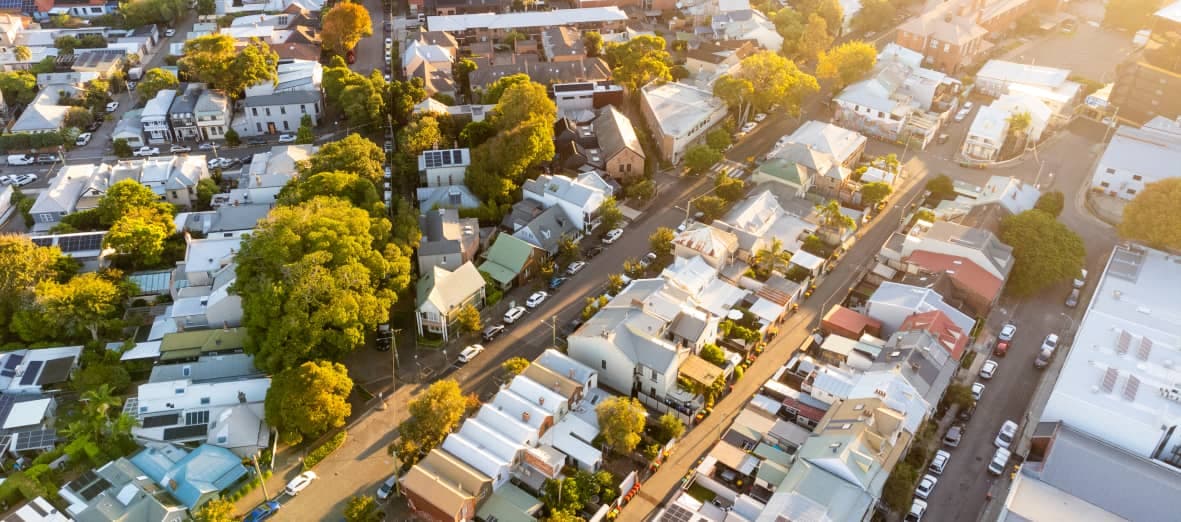- Home
- Blog
- Personal Finance
- How to Effectively Track Your Expenses

How to Effectively Track Your Expenses
When you look for advice on how to create a budget or save more money each month, the first step is usually to track your expenses. But how do you really do that?
13. August 2020 — 5 min read
If you’ve read any of our previous blogs on saving and budgeting, you might have noticed one recurring piece of advice popping up: track your expenses. Tracking your expenses is a great way to start creating your personal budget, but it’s also a great way to:
Spot patterns in your spending, including potential problem areas
Be more conscious of your day-to-day spending and prevent impulse purchases
Set realistic financial goals
Reduce stress surrounding your finances.
But how exactly do you track your expenses, especially when you have a lot of them? Are you supposed to track everything down to the $2 you spent on a drink at the vending machine? Where do you start? How often should you track your expenses?
Tracking your expenses sounds straightforward enough, but when you don’t know where to start, it can feel like an overwhelming task. We’re here to help. Keep reading to learn more about how to track your expenses and where to go once you’ve done that.
Write it all down
Yes, all of them. Don’t just track the big purchases or the regular payments. Everything from your rent or mortgage payments to your occasional takeout order needs to be tallied up.
Think of it this way: does it cost you money? If so, add them to the list, even if they don’t feel like traditional “expenses”.
We recommend splitting your list into three categories: daily, weekly, and monthly. This will help you to understand your short-term, in-the-moment spending habits as well and also keep track of spending over time, to better spot patterns.
How you do it doesn’t matter. Some people prefer the old-school pencil-and-paper method, while others prefer to use spreadsheets or computer programs. There are even budgeting apps that you can use to track your expenses and generate a budget. Choose whichever method you’re comfortable with and know you’ll stick with, and get started!
Break them into categories
If you’ve ever sought out advice on saving money, it’s almost certain that you’ve been advised to remove or reduce your unnecessary expenses and purchases. And it’s true: not all expenses are created equal. Some are essential to keep yourself alive and well, while others might be technically unnecessary but built into your current routine and lifestyle, while others are in-the-moment impulse buys. Budgeting advice typically dictates setting aside a certain amount of money for the unnecessary but enjoyable purchases each month after you’ve already established how you’ll cover your essential expenses.
In order to differentiate between the three, we recommend further categorizing your expenses. Consider using the following categories:
Bills and other essential regular payments (such as rent or mortgage payments, student loans, car payments, credit card payments, insurance, or utilities)
Nonessential regular payments (such as streaming platforms, online subscriptions, gym memberships, and other services)
Groceries
Eating out or ordering in
Gas
Prescriptions or medical costs
Pet costs (if you’re a pet owner)
Charitable donations
Personal spending (such as online shopping or buying other goods or services solely for enjoyment)
Caring for your family or sending money to loved ones
With each expense type, consider: is this necessary? If not, is this something that brings me happiness or fulfilment? What would happen if I didn’t spend money on this? These questions will help you to determine where these expenses fit in your overall budget.
Look for patterns
Granted, your expenses won’t always be exactly the same. For example, winter holidays mean that you’re likely to spend a little more than usual in December, while you may have some months without many social gatherings or events that necessitate spending money. However, general trends will pop up.
For example, do you always stop at the same coffee shop before work? Do you typically order takeout on Fridays? Do you pay for 4 different streaming services, but only consistently use one? How many online purchases did you make this month? How much is your old car costing you in repairs and maintenance?
Some patterns may not surprise you, but others may be eye-opening. Seeing just how much you spend each month on certain things could make you think: do I really need to be spending this much money on these things? Are there other areas in my life where I could use this money?
Use it to form smart financial habits
Now that you know what your expenses are, you’re well on your way to forming a smart, sustainable budget. Compare your expenses to your current monthly income and calculate how much is left over each month. Are you happy saving this much each month? What are you doing with the extra money?
If you’d like to have more left over each month, now’s the time to turn back to your categorized expenses and calculate where you could stand to spend a little less. You could even put “savings” down as a consistent monthly expense, and hold yourself accountable for putting a certain amount of money away each month.
Just like your budget, your expenses should be revisited on a regular basis as your circumstances and spending habits change. If your current spending habits aren’t working for you, give it another go.
One common mistake is to immediately cut out all or most of your “unnecessary” spending, but just like immediately cutting out all remotely unhealthy foods from your diet, it’s likely not going to be sustainable in the long run and will only lead to resentment. You’re allowed to have fun and spend money on yourself! Tracking your expenses and creating a budget is the way to do it while still being financially responsible and planning for the future.
Related Posts

24. April 2025 — 6 min read

24. April 2025 — 5 min read

22. April 2025 — 3 min read

22. April 2025 — 5 min read

23. Dezember 2024 — 11 min read

13. November 2024 — 3 min read